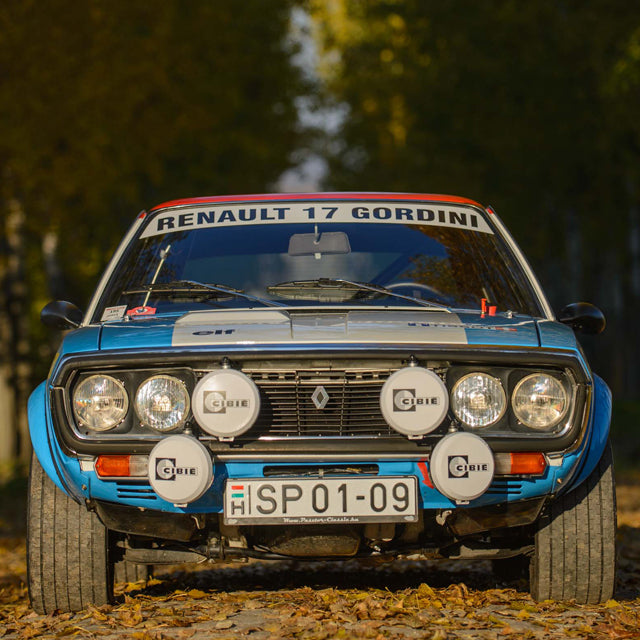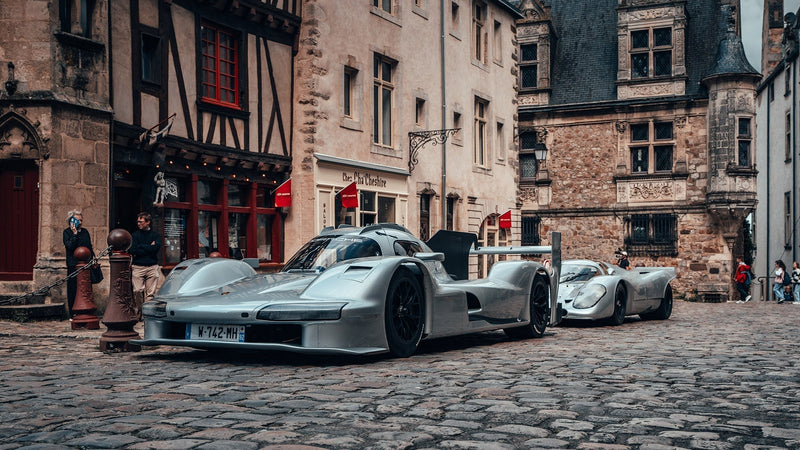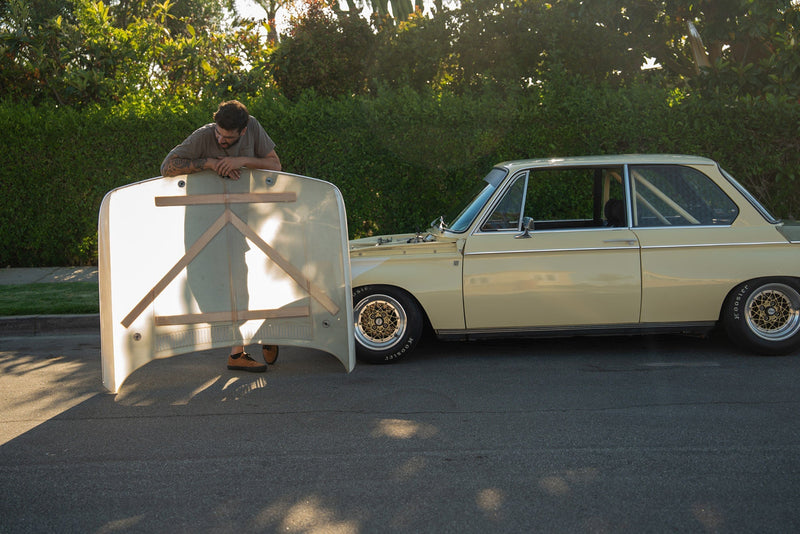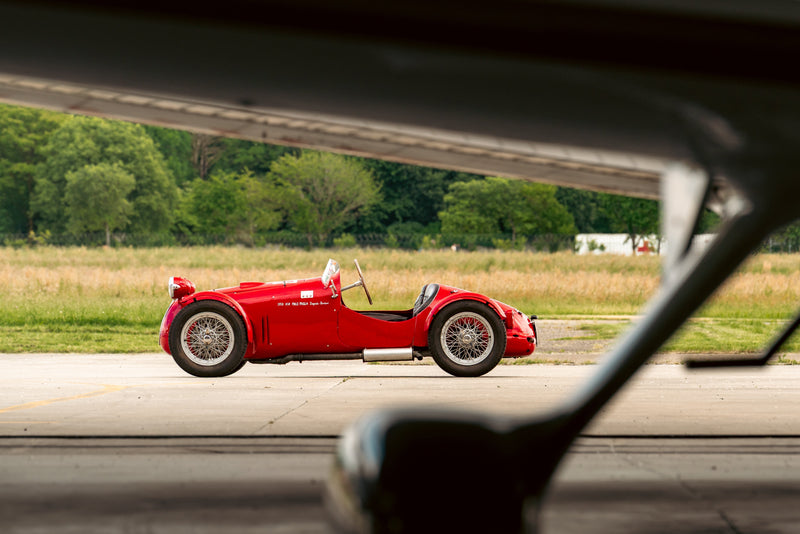Owning your first car is a special moment in many people’s lives. Sometimes, they may even become recalled stories which are told years later to to friends and family. It’s often a special bond between driver and the machine, because it is the first, the number one—and “number one” tends to leave intense memories behind when they are gone.
We all know those “romantic” stories when car enthusiasts bought back their first car decades later, or acquired a very similar example. Something similar happened to Tamás, the owner of this striking-blue, race prepped Renault R17 TS, who not only recalled his memories, but took this process a step further.



Tamás got a damaged Renault R15 at the age of 16, the less sportier, cheaper version of the R15-R17 Renault coupé-twins. It was no question that he had to have a French car: since his grandfather’s Peugeot, everyone drove French cars in his family.
These coupés were introduced to the public during the 1971 Paris Motor Show and didn’t bring fancy inventions to the automotive world. They are, however, adorable, and mechanically derived from the R12—and in case of the R17 TS, from the R16 TS. The styling perfectly matched the taste of the seventies, they were comfortable and economical, which was enough to fall in love with. Nowadays, they are rare and sought-after classics, because even in their homeland, most examples of these eccentric, front-wheel drive coupés became victims of corrosion. Rust is typically the weakest point of French cars from this period.
Later, Tamás got bit by the bug—we all know very well—many-many years ago, and what started as a restoration of two Citroёn DS 21s became his own restoration workshop, calledPásztor Classic a decade later.

After owning and intensively driving dozens of different classics from the sixties and seventies, including some V12-powered Italian cars, Tamás’s interest made a U-turn and, as he says, “I had to realize that my taste is quite twisted, I love the stepchildren of the automotive world.”
After their success with the A110 Alpine in 1973, Renault decided to let the Alpine Competition Factory develop a new rally car on the basis of the R17 TS. It equipped the race version with fibreglass doors, boot, bonnet panels and plastic windows, and what resulted was a 25% weight loss, together with the stripped interior. The Gordini-tuned 1.6 liter engine had double twin-Webers, bigger valves, and tuned exhaust system to produce between 160-170 horsepower. But the R17 couldn’t compete the A110’s success on the rally stages and never became so famous.


The originally yellow TS arrived to Tamás’s workshop after a long hunt to receive a nut and bolt restoration, and an upgrade to FIA Group 2 specification. The supply of the specific parts was quite a challenge, they came from all over Europe. The generator arrived from a garage of a Hungarian rallye legend, Attila Ferjáncz, who became champion with a R17 Gordini in 1976 and 1977.
The blue Renault is one of his owner’s favourite toys since it is back on the road, and often successfully overcomes challenging regularity races, like the Bayerwald Classic Rallye, where they finished first in category in 2014.
When it’s not racing, it’s here in the countryside—a proper lifestyle for a Renault 17 TS, wouldn’t you agree?

































































